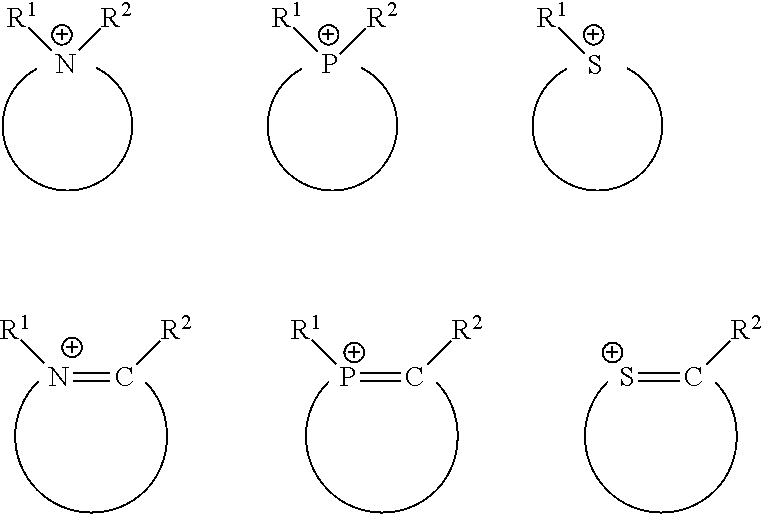Method for producing 1-chloro-3,3,3-trifluoropropene
- Summary
- Abstract
- Description
- Claims
- Application Information
AI Technical Summary
Benefits of technology
Problems solved by technology
Method used
Image
Examples
example 2
[0064]The procedure of example 1 is reproduced with a start-up amount of 25 liters of a mixture comprising organic compounds and devoid of HF. The mixture comprises an amount by weight of 10.7% of 1230za, 0.9% by weight of 1231 (trichloromonofluoropropene) isomers and 5.7% by weight of 1232 (dichlorodifluoropropene) isomers. The remainder is made up primarily of dimers and of heavy compounds. The reactor is heated in the same way as before, and then the reactants are fed in at the following rates: 2 kg / h of HF and 3.3 kg / h of 1230za, giving a molar ratio of the HF to the organic compound of 5.4. The resulting composition of the gas flow after five hours of operation is given in table 1.
example 3
[0065]The procedure of example 1 is reproduced with a start-up amount of 25 liters of 1230za alone. The reactor is heated in the same way as before, and then the reactants are fed in at the following rates: 1.8 kg / h of HF and 2.9 kg / h of 1230za, giving a molar ratio of the HF to 1230za of 5.6. The resulting composition of the gas flow after five hours of operation is given in table 1.
TABLE 1Molar composition at reactor exit (mol %)F1233zd-(E / Z)F1234ze (E + Z)F245faExample 1 (comp.)98.88%0.57%0.26%Example 299.77%0.15%0.01%Example 399.56%0.26%0.01%
PUM
| Property | Measurement | Unit |
|---|---|---|
| Temperature | aaaaa | aaaaa |
| Temperature | aaaaa | aaaaa |
| Percent by mass | aaaaa | aaaaa |
Abstract
Description
Claims
Application Information
 Login to View More
Login to View More - Generate Ideas
- Intellectual Property
- Life Sciences
- Materials
- Tech Scout
- Unparalleled Data Quality
- Higher Quality Content
- 60% Fewer Hallucinations
Browse by: Latest US Patents, China's latest patents, Technical Efficacy Thesaurus, Application Domain, Technology Topic, Popular Technical Reports.
© 2025 PatSnap. All rights reserved.Legal|Privacy policy|Modern Slavery Act Transparency Statement|Sitemap|About US| Contact US: help@patsnap.com

